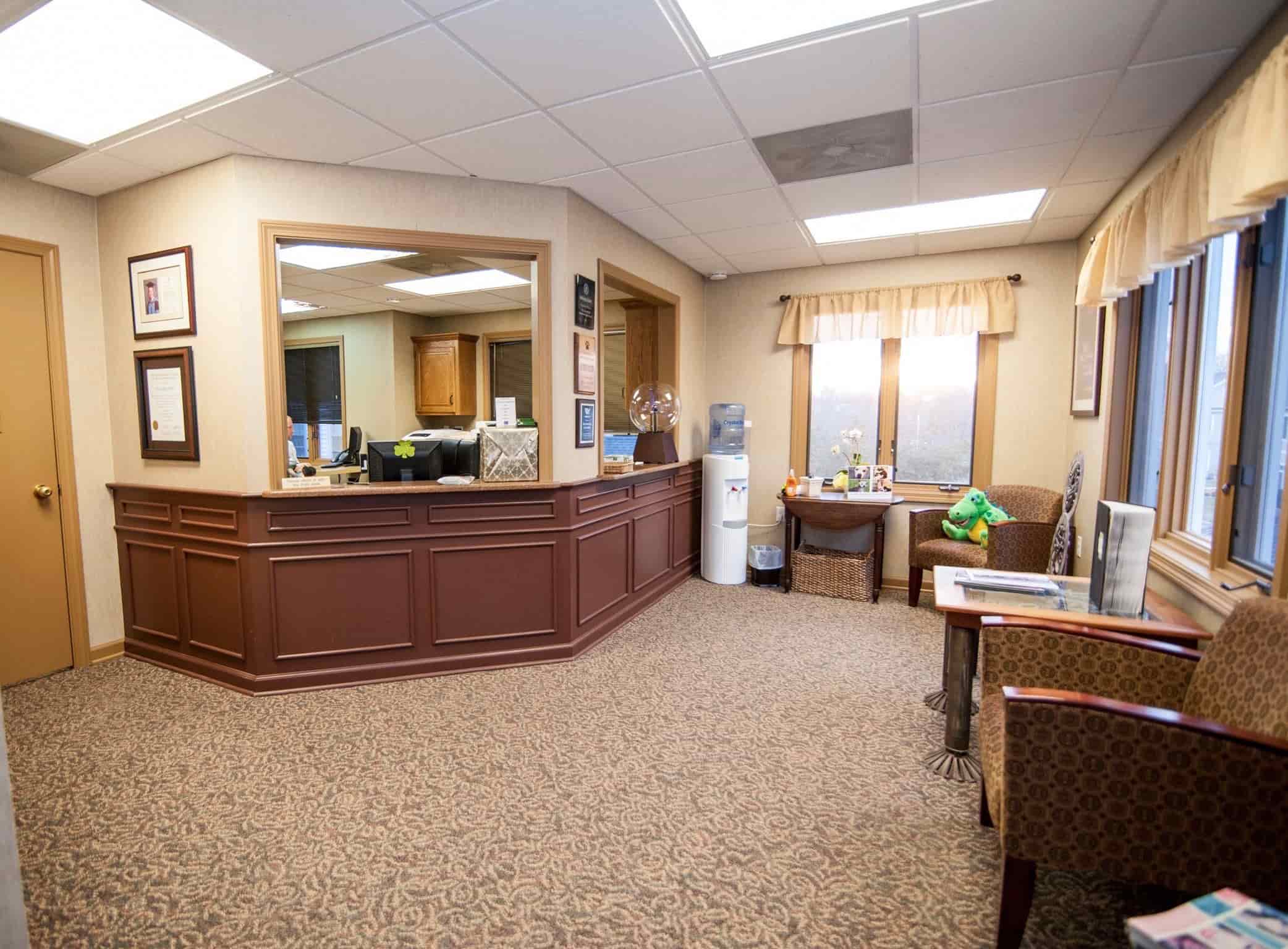
We will be posting new content soon. Please feel free to browse our archive and check back here soon for more news and updates.

Proudly Serving Plantsville, Milldale, Marion, Bristol, Plainville, New Britain, Berlin, and surrounding cities in Connecticut